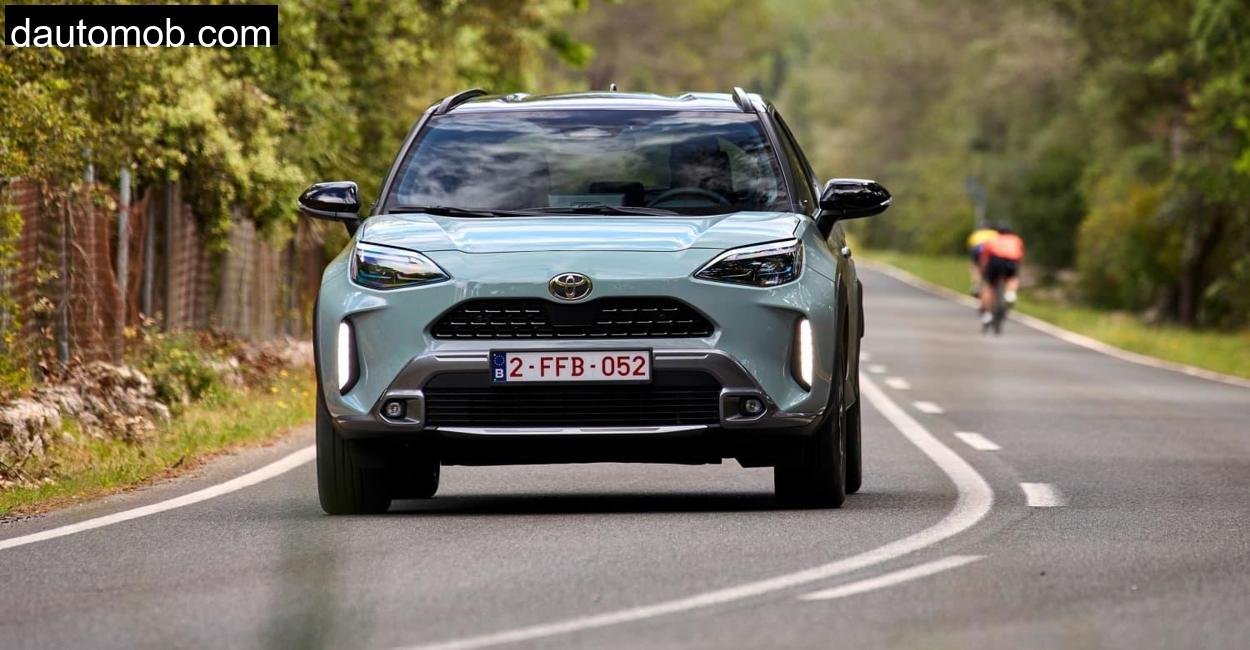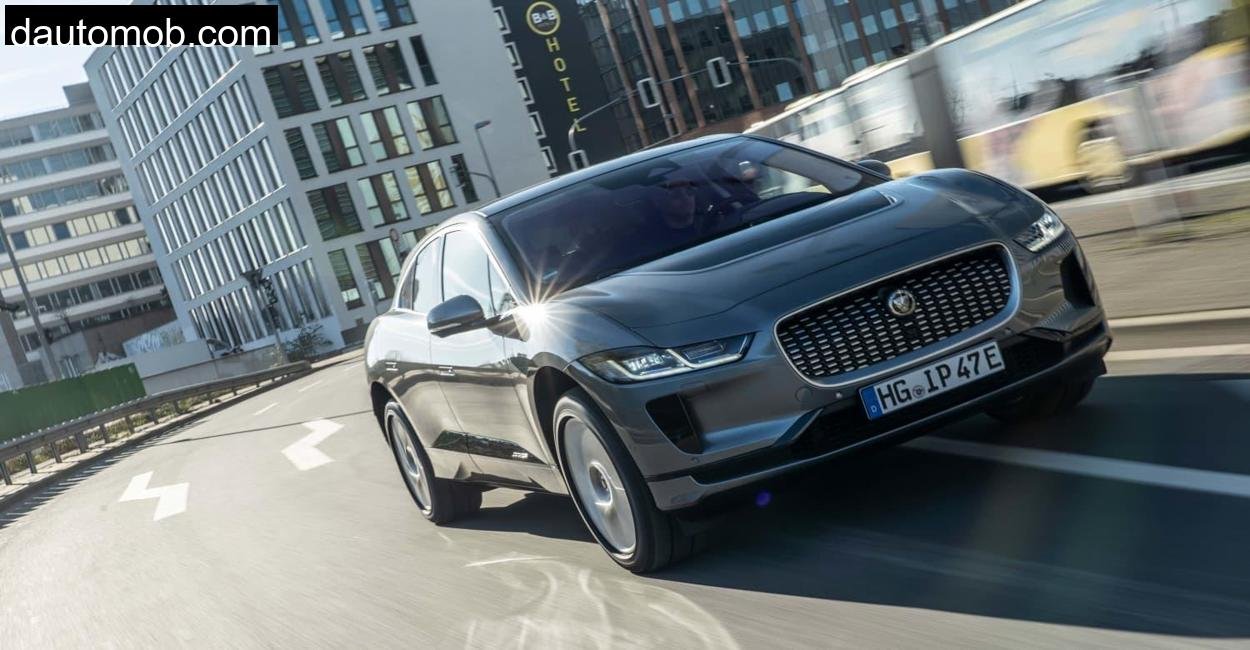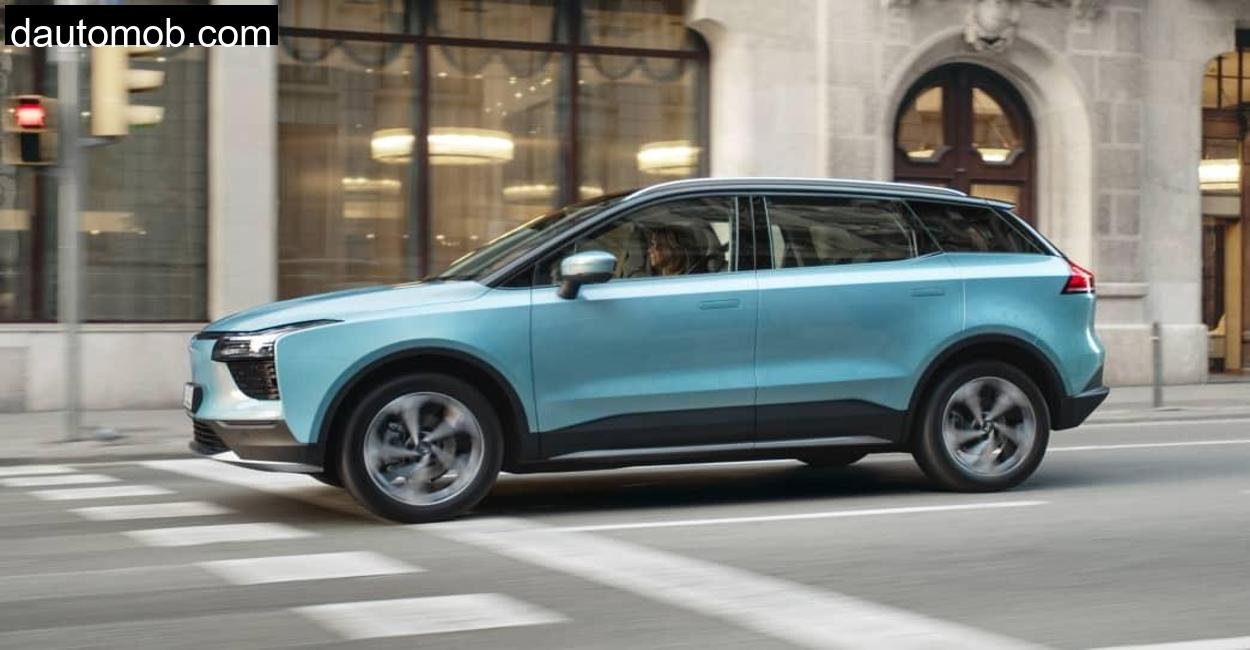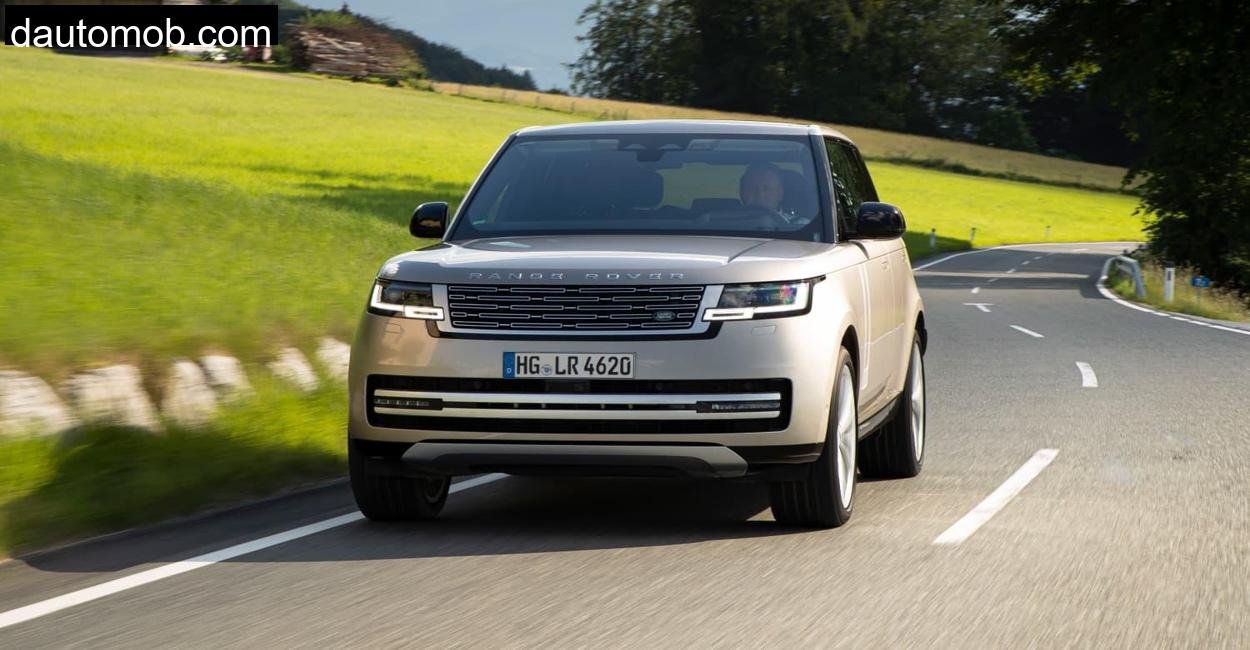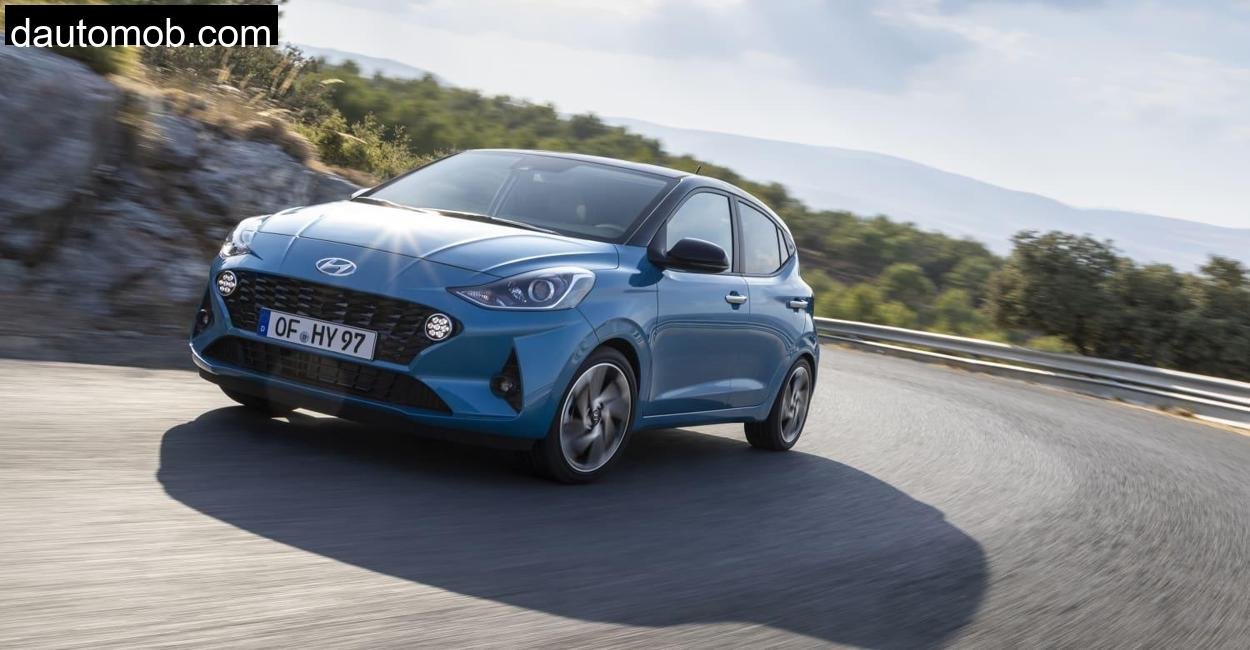Beckum Hill is one of those quietly dramatic places in Germany that many overlook, rolling slopes, crisp air, and a winding stretch of tarmac that promises as much serenity as it does challenge. I’ve driven quite a few cars up here over the years, and every time I return, the road seems to greet me with a different mood. This time, it was the 2024 Toyota Yaris Cross Hybrid, Toyota’s answer to the ever-growing small SUV segment, that took center stage.
The Yaris Cross isn’t your average urban compact. It stands taller, wears broader shoulders, and brings Toyota’s tried-and-true hybrid tech into a segment that’s often more about style than substance. But does it drive as well as it promises on paper? I wanted to find out, starting from the lower town of Beckum and winding my way up to the plateau, under a sky that hinted at both sunshine and a distant drizzle.
Bigger Yaris, or Small SUV Done Right?

I’ll admit it, when I first walked up to the car, I didn’t expect much beyond a supersized Yaris. But the Cross isn’t just an inflated hatchback. Its muscular flared arches, sculpted LED lights, and increased ride height make it feel like a proper mini SUV.
And then I stepped inside.
Toyota has nailed the cabin ergonomics here. Everything is logically placed, clean, and devoid of unnecessary clutter. A full-digital driver display (on higher trims), physical climate controls (thank you, Toyota!), and a floating 9-inch touchscreen all felt intuitive within the first five minutes of the drive. Even more impressive? The sound insulation. Toyota has added thicker windows and extra insulation for 2024, and on the quiet Beckum ascent, this made a noticeable difference.
I began the climb with the 116 hp hybrid version. That’s the one Toyota has been running for a while, built around a 1.5-liter three-cylinder petrol engine paired with an electric motor. Combined, they produce 85 kW (116 hp). Power may not sound enormous, but the Yaris Cross isn’t built for race tracks, it’s engineered for real-world efficiency.
Powertrain Details and Driving Feel
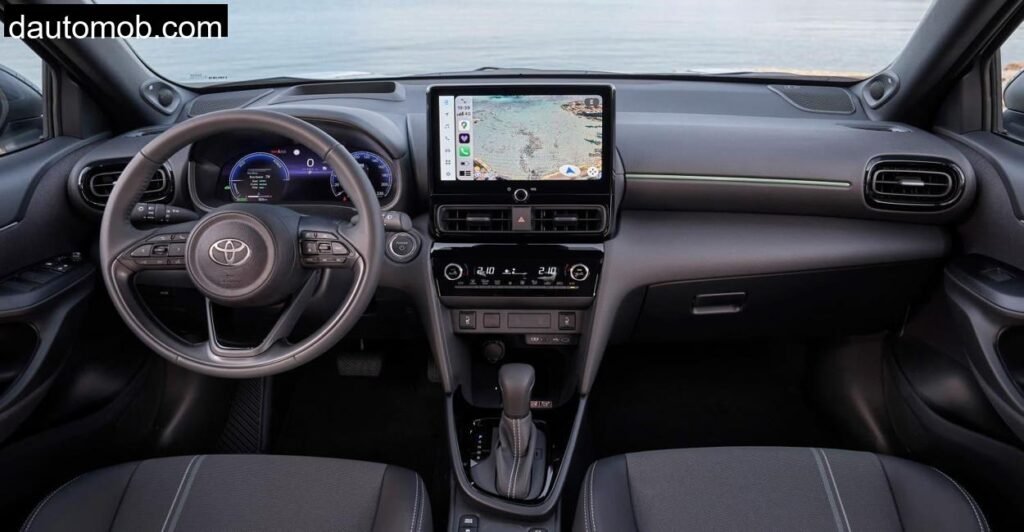
On paper, the 2024 model now offers two hybrid options: the familiar 116 hp setup and a newly introduced 130 hp version. Both use the same 1.5-liter petrol engine, but the 130 hp model benefits from a revised electric motor/generator and improved transmission management.
I tested both versions, back-to-back, in the same conditions on Beckum Hill.
With the 116 hp model, low-speed cruising through Beckum town was smooth, quiet, and genuinely pleasant. Toyota’s hybrid system intelligently shuts down the petrol engine below 50 km/h when not needed, letting the electric motor take over seamlessly. You notice this most in start-stop traffic and in 30 zones, it glides rather than rolls.
Switching to the 130 hp version, the difference wasn’t day and night, but it was noticeable. The torque bump from 141 Nm to 185 Nm gives it a bit more muscle during overtakes on the hill’s twistier sections. There’s more urgency in the mid-range, and the continuously variable transmission (CVT) doesn’t whine as much under pressure, a welcome improvement.
Both variants felt at ease during my uphill drive. The power is delivered smoothly, the transitions between electric and petrol are nearly imperceptible, and despite the CVT’s traditional reputation, it didn’t rob the experience of engagement. That’s a small SUV done right.
Fuel Efficiency: The Star of the Show
This is where the Yaris Cross truly shines.
During my 40 km loop, starting in town, climbing up the hill, plateau cruising, and descending, I saw an average fuel consumption of 4.7 liters/100 km with the 116 hp version. That’s phenomenal for a petrol-powered SUV. On the way down, the regenerative braking even pushed that number lower.
Toyota claims anywhere from 4.4 to 5.1 liters/100 km, and they’re not exaggerating. The 130 hp version, despite its higher output, returned a very similar 4.9 liters/100 km thanks to clever tuning. On a flat urban loop the next day, I managed a stunning 3.6 liters/100 km, yes, with the A/C on.
Dimensions and Usability: Small Size, Big Thinking
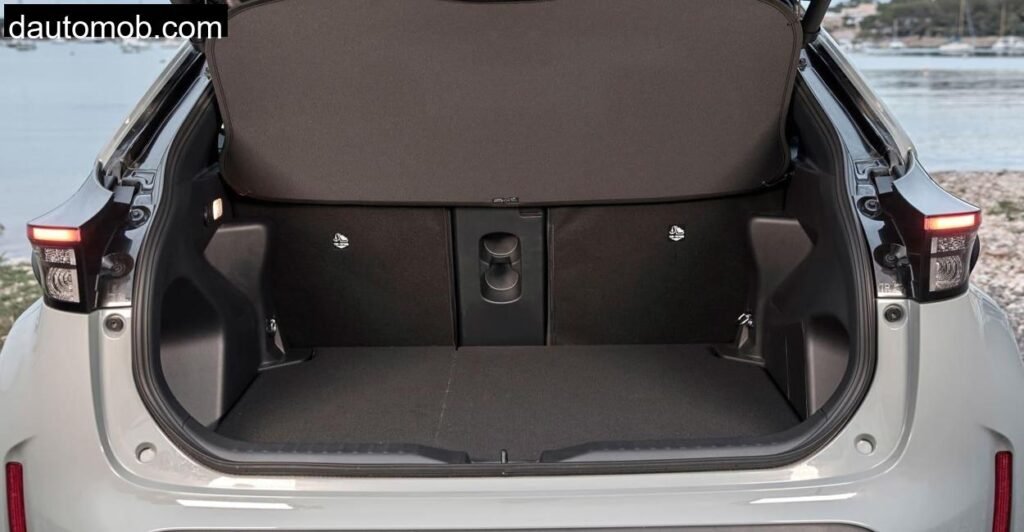
The Yaris Cross measures 4.18 meters in length, putting it squarely in compact territory. But Toyota has worked magic with the packaging.
The trunk is deep and functional, offering up to 400 liters of capacity in the front-wheel-drive version, or around 330 liters in the all-wheel-drive version due to the rear electric motor. I fit a folded stroller and three bags without any creative rearrangement, something I can’t say for all small SUVs.
Rear legroom, however, remains tight. I’m 5’11”, and with the driver’s seat set to my preference, a taller adult would struggle behind me. But for kids or short trips? Absolutely fine.
What truly impressed me was the visibility and ease of entry/exit. Thanks to the 30 mm increase in ride height over the standard Yaris, getting in feels natural. The elevated seating position offers a confident view over the bonnet, a key reason many choose SUVs in the first place.
Real-World AWD: More Than a Gimmick?
Now, about that AWD-i system. It’s an electric all-wheel-drive setup available only with the 130 hp model, adding around €2,700 to the price. Is it worth it?
On dry pavement, probably not.
But we had a brief rain spell during the test, and the roads got slick fast. Turning off onto a narrow, damp gravel path near the ridge, I flicked the drive mode to “Trail.” The electric motor on the rear axle (a modest 5.3 hp) kicked in subtly when needed. No drama, no spinning wheels, just steady progress.
It’s no Land Cruiser, of course, but in winter or for those living in hilly, snow-prone regions, the system could offer genuine peace of mind. It’s a clever piece of engineering that adds real-world value, something that can’t be said for all “soft-roaders.”
Ride and Handling
The suspension is on the firmer side, especially on rougher patches of Beckum Hill. It handles cobbles and small potholes with control, though not plush comfort. But what you lose in squish, you gain in stability. Even during fast changes of direction and steep ascents, the Yaris Cross stayed composed.
Steering feel, however, could be better. Around center, it’s vague and doesn’t inspire confidence on tight, winding descents. Still, it’s not a dealbreaker, just a reminder that this is a commuter-first car, not a backroad bruiser.
Interior Tech, Features, and Pricing
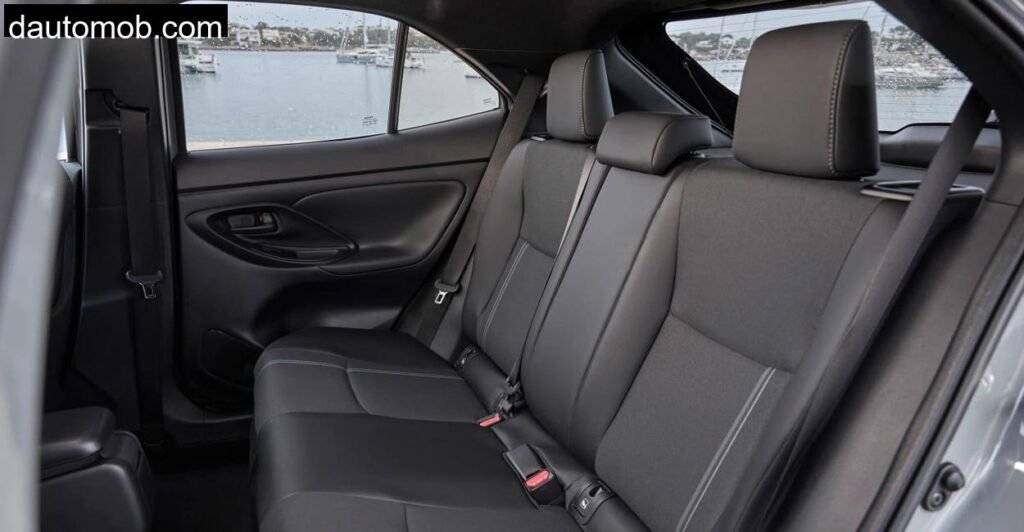
Toyota hasn’t gone wild with tech, and that’s a good thing. The infotainment system is straightforward, the climate controls are physical, and Toyota Safety Sense is standard, offering features like adaptive cruise control, emergency braking, lane-keep assist, and traffic sign recognition (which still isn’t 100% accurate, by the way).
A neat touch? The head-up display (on higher trims), which reflects directly onto the windshield, not onto a flimsy plastic panel like in many competitors. It’s clear, bright, and feels premium.
Pricing begins at €28,540. Load it up with AWD, panoramic roof, HUD, premium audio, and you’re knocking on €39,000. That’s steep, yes, but it includes hybrid tech, auto gearbox, and Toyota’s astonishing 15-year warranty, as long as you service it at Toyota dealerships. That peace of mind might just be priceless for some.
Toyota Yaris Cross Hybrid – Technical Specifications
We get all technical info directly from Toyota’s official websites to keep it accurate and reliable.
| Category | Specification |
| Model | Toyota Yaris Cross Hybrid (2024 Facelift) |
| Drive Type | Front-wheel drive (AWD optional on 130 hp model) |
| Powertrain | Full Hybrid (Gasoline engine + Electric motor) |
| System Output | 85 kW (116 hp) or 96 kW (130 hp) |
| Engine | 1.5L 3-cylinder petrol engine |
| Electric Motor Power | 59 kW (80 hp) |
| Maximum Torque (116 hp) | 141 Nm |
| Maximum Torque (130 hp) | 185 Nm |
| Battery Capacity | 0.8 kWh (Lithium-ion) |
| Transmission | CVT (e-CVT – electronic continuously variable) |
| Acceleration (0–100 km/h) | 11.2 s (116 hp) / 10.7 s (130 hp) |
| Top Speed | 170 km/h |
| Fuel Consumption (Combined) | 5.6 L/100 km |
| CO₂ Emissions | 101–116 g/km |
| Electric-only Range | ~1.5 km at speeds up to 50 km/h |
| Length | 4,180 mm |
| Width | 1,765 mm |
| Height | 1,595 mm |
| Wheelbase | 2,560 mm |
| Ground Clearance | +30 mm over standard Yaris (approx. 170 mm) |
| Curb Weight | Approx. 1,190–1,310 kg (depending on variant) |
| Boot Capacity | 330–400 liters (up to 1,090 liters with seats down) |
| Towing Capacity | 750 kg (unbraked), 1,250 kg (braked – AWD only) |
| Turning Circle | Approx. 10.6 meters |
| Wheels | 16″ to 18″ alloy (depending on trim) |
| Safety Systems | Toyota Safety Sense (Lane Assist, Radar Cruise, etc.) |
| Infotainment | Touchscreen with navigation (size depends on trim) |
| Warranty | Up to 15 years with dealer-serviced history |
| Service Interval | Every 15,000 km or 1 year |
| Starting Price (Germany) | From €28,540 |
Conclusion: A Hybrid That Makes Sense, and Delivers
The Toyota Yaris Cross Hybrid isn’t exciting. It doesn’t roar, corner on rails, or drop jaws. But what it does, quietly and confidently, is everything most people need a small SUV to do. It sips fuel like a miser, fits into tight parking spots, offers genuine SUV presence, and now, with the 130 hp variant, a little more punch for the open road.
Beckum Hill, with its mix of curves, slopes, and textures, brought out both the strengths and minor flaws of this car. But as I stood at the overlook, clouds clearing slightly to reveal green fields below, I realized: if I had to choose a car for everyday Germany, city commutes, weekend trips, a bit of bad weather, it might just be this.
Is the Toyota Yaris Cross a plug-in hybrid?
No, it’s a full hybrid, meaning it charges the small battery via the engine and regenerative braking. It cannot be plugged in.
Is AWD worth it on the Toyota Yaris Cross?
If you live in a snowy region or need extra grip occasionally, the AWD-i system adds useful capability. Otherwise, the FWD version is sufficient for most.
What is the real-world fuel economy of the Toyota Yaris Cross Hybrid?
In mixed driving, you can expect around 5.0–5.6 l/100 km. In the city, it can go below 4.0 l/100 km with a light foot.
